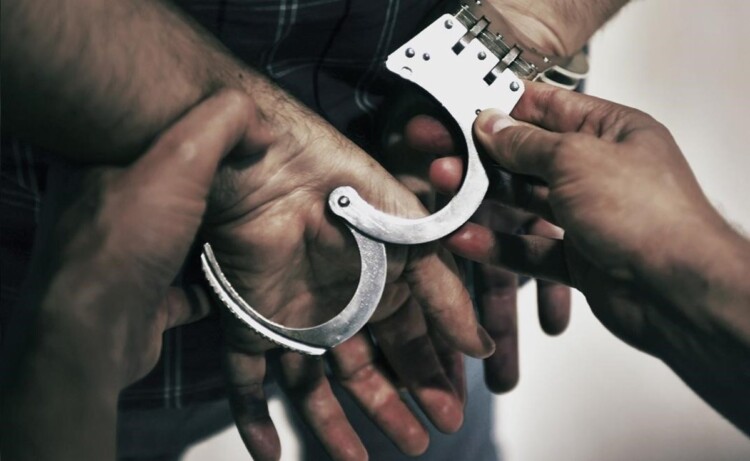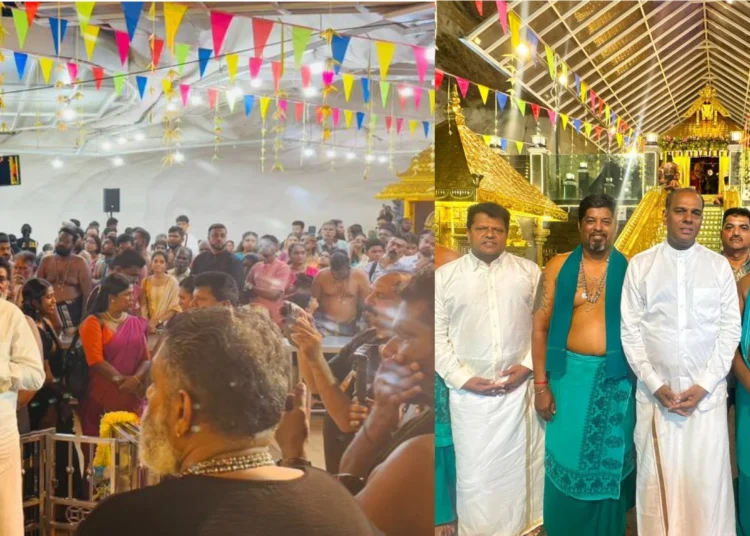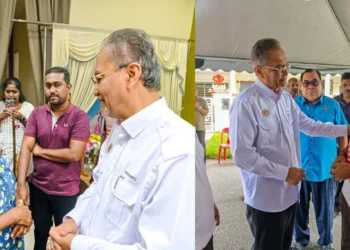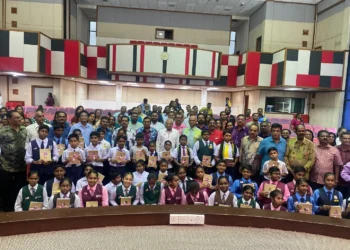Whenever there is a death in detention, what would it take to make both the public official and police officer feel outraged?
Indian Malaysians are frequently stereotypically viewed as the most prone to death while in police custody. Racial discrimination is not something new in Malaysia. As much as we try to deny it saying, ‘hey, Malaysia is a non-racist country and we are multi-cultural’, racism has sadly been rooted in our subconscious since we were young, there is still some sort of hostility out there towards someone of another race and religion.
An approximate number of Malaysia’s population is 32.7 million as compared to 32.5 million in 2019. According to the Department of Statistics, there are only 6.9% of Indians in the country. We are indefinitely a minority bunch.
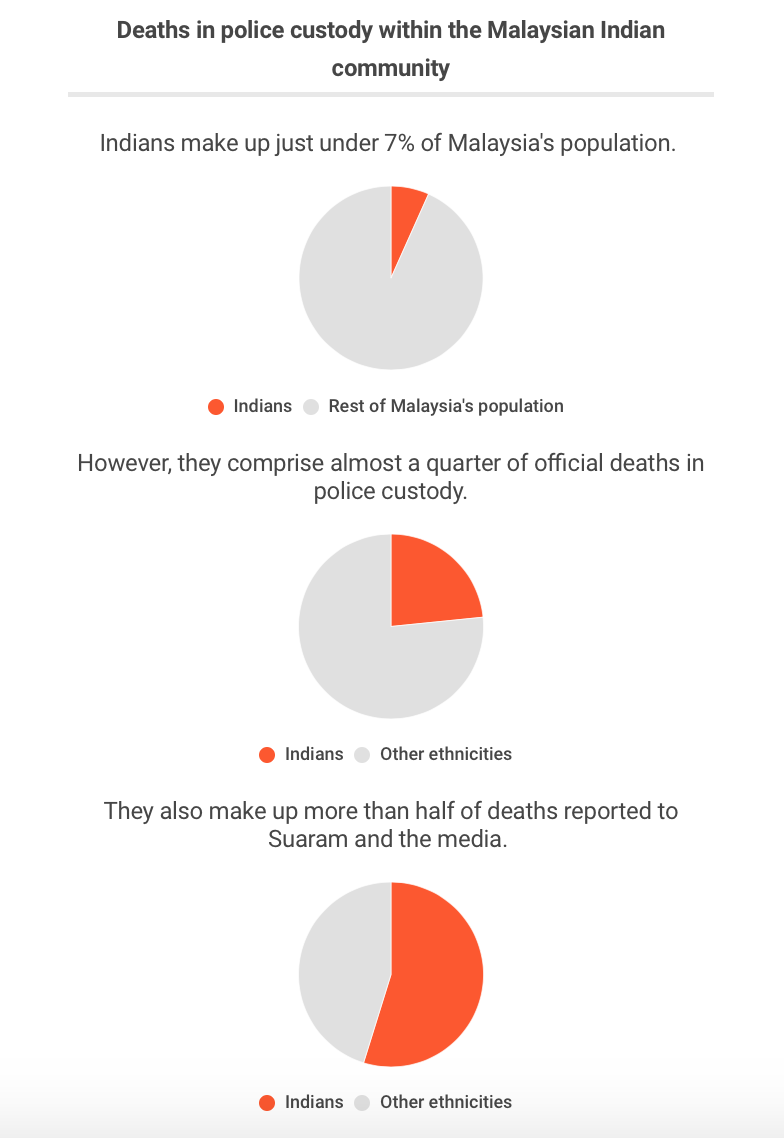
From 2010 till 2017, there were at least 1,600 deaths in police custody, and yet to date, some of the cases have not been solved.
According to non-governmental organisation (NGO) Suara Rakyat Malaysia, (which translates to “voice of Malaysian citizens” and more generally referred to as SUARAM), nearly 55% of police custodial deaths involving the Indians have been confirmed.
S Balamurugan, P Karuna Nithi, and N Dharmendran are among the Indians who died in police custody while they were waiting for a court hearing.
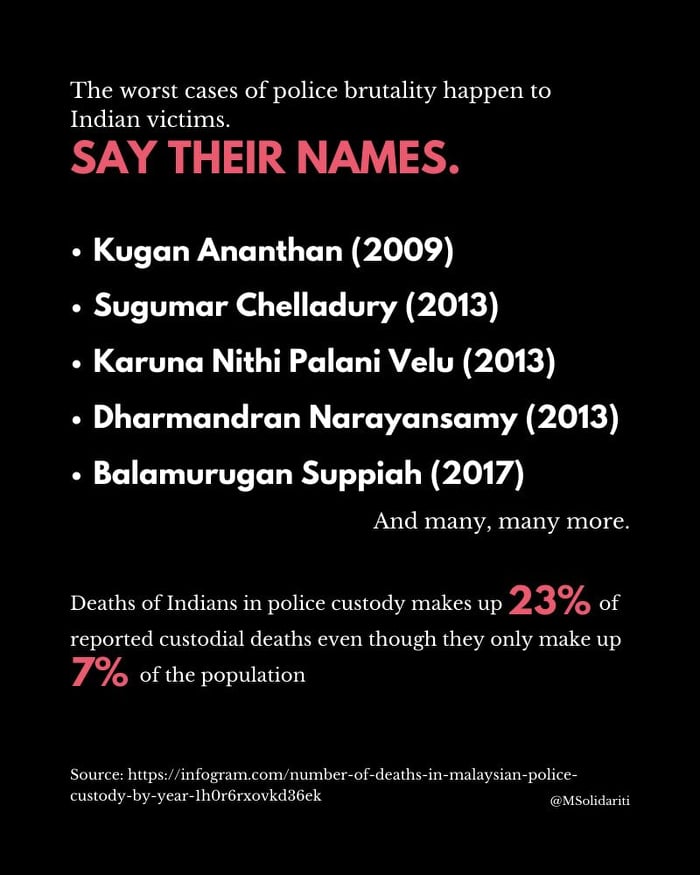
Based on SUARAM’s Human Rights 2018 data, nine police officers were convicted in court and disciplinary action was brought against them for misconduct or causing serious injury or deaths to prisoners between 2011 and February 2018.
The Home Ministry in a parliamentary reply on 28th March 2017, had stated that there were 257 deaths in police custody between 2002 and 2016.
A total number of 56 “medical” incidents, 8 “suicides”, 2 “accidents”, 4 “blunt force” and 34 “unknown.” The deaths in ethnic detention were as follows: 28 Malay, 14 Chinese, 31 Indian, 5 ‘Other’, and 12 foreigners.
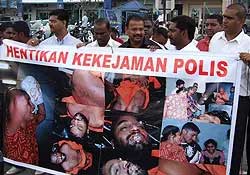
N Dharmendran, died while being held in police custody on 21st May 2013 after allegedly suffering from an asthma attack. However, the post mortem report revealed that the cause of death was due to a soft tissue injury after suffering from a repeated blunt force trauma.
The post-mortem also reported 52 injuries sustained in the form of bruises that were two to three days old at the time of the post-mortem. It also found staples on the deceased ears from a bullet stapler.
It’s upsetting to know that there are no laws that prohibit or enforce police custodial death investigations. However, SUARAM has mentioned that only 62 of these cases have been highlighted in the media.
A wide range of reasons has been attributed to the lack of overall coverage about deaths in police custody.
Commissioner Jerald Joseph of the Human Rights Commission (Suhakam) clarified that when family members sound the alarm by complaining to either the agency or the media, SUARAM and SUHAKAM, their complaints are mostly on deaths in custody.
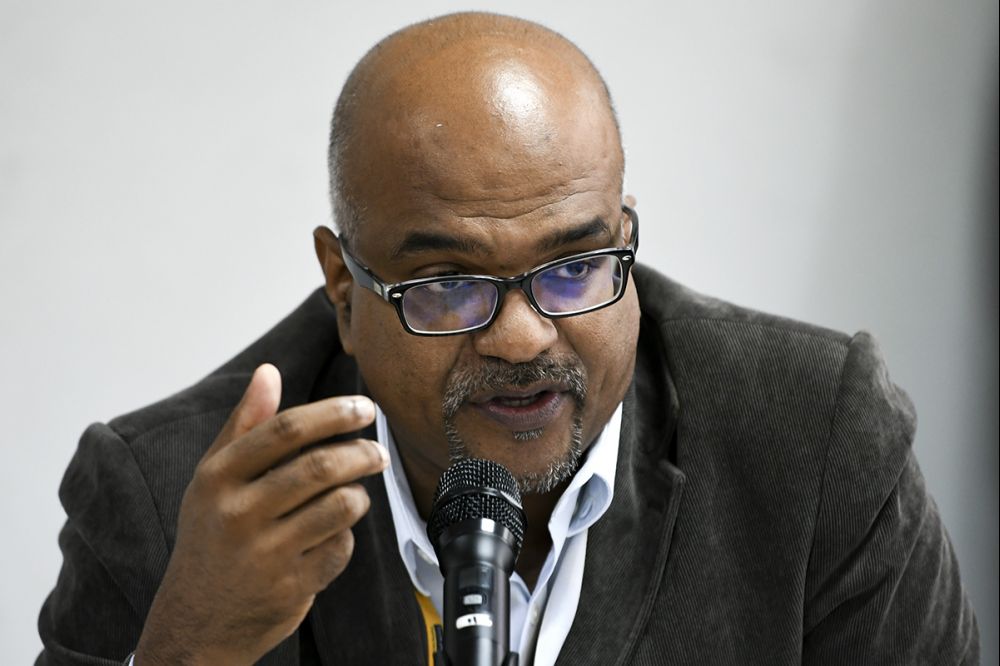
The absence of contactable family members of a survivor is one potential source of underreporting. Most of the Indian prisoners who died in police custody don’t have family members or relatives and it has become an emotionally charged issue for Indian ethnics.
If no one is there to be the voice, then who will fight for justice?
As much as NGOs and activists step forward to advocate justice for those who have brutally died in police custody, the law is still the final advocate for the dead and their immediate families who are in dire need of an answer and justice.
Follow us on Instagram, Facebook or Telegram for more updates and breaking news.


